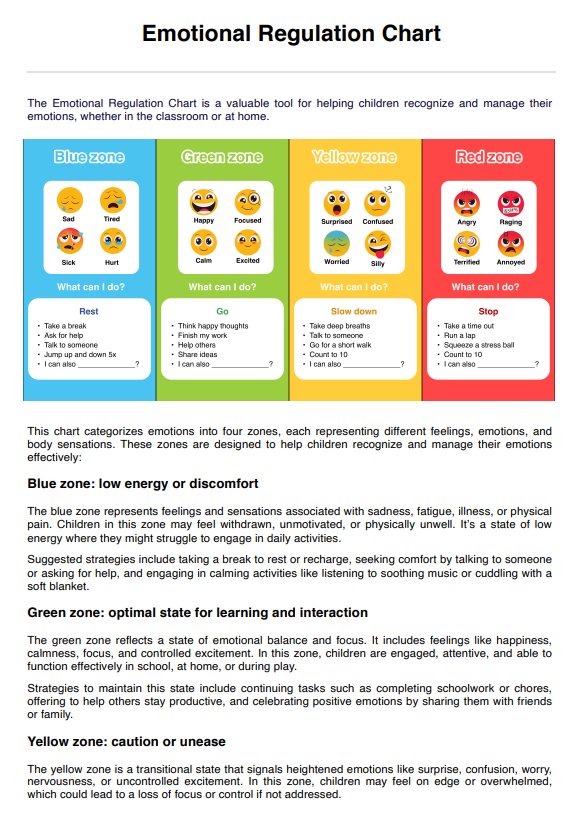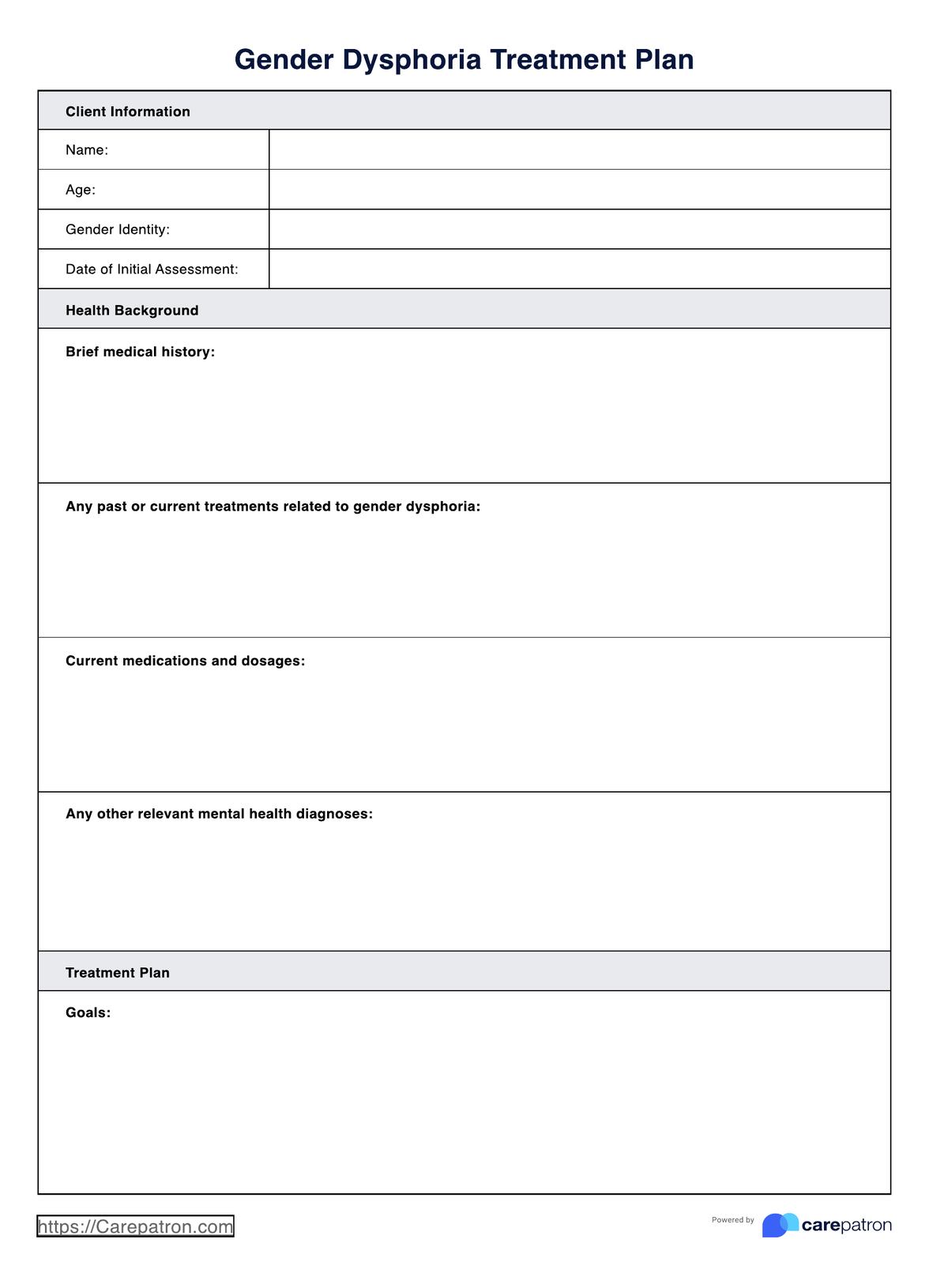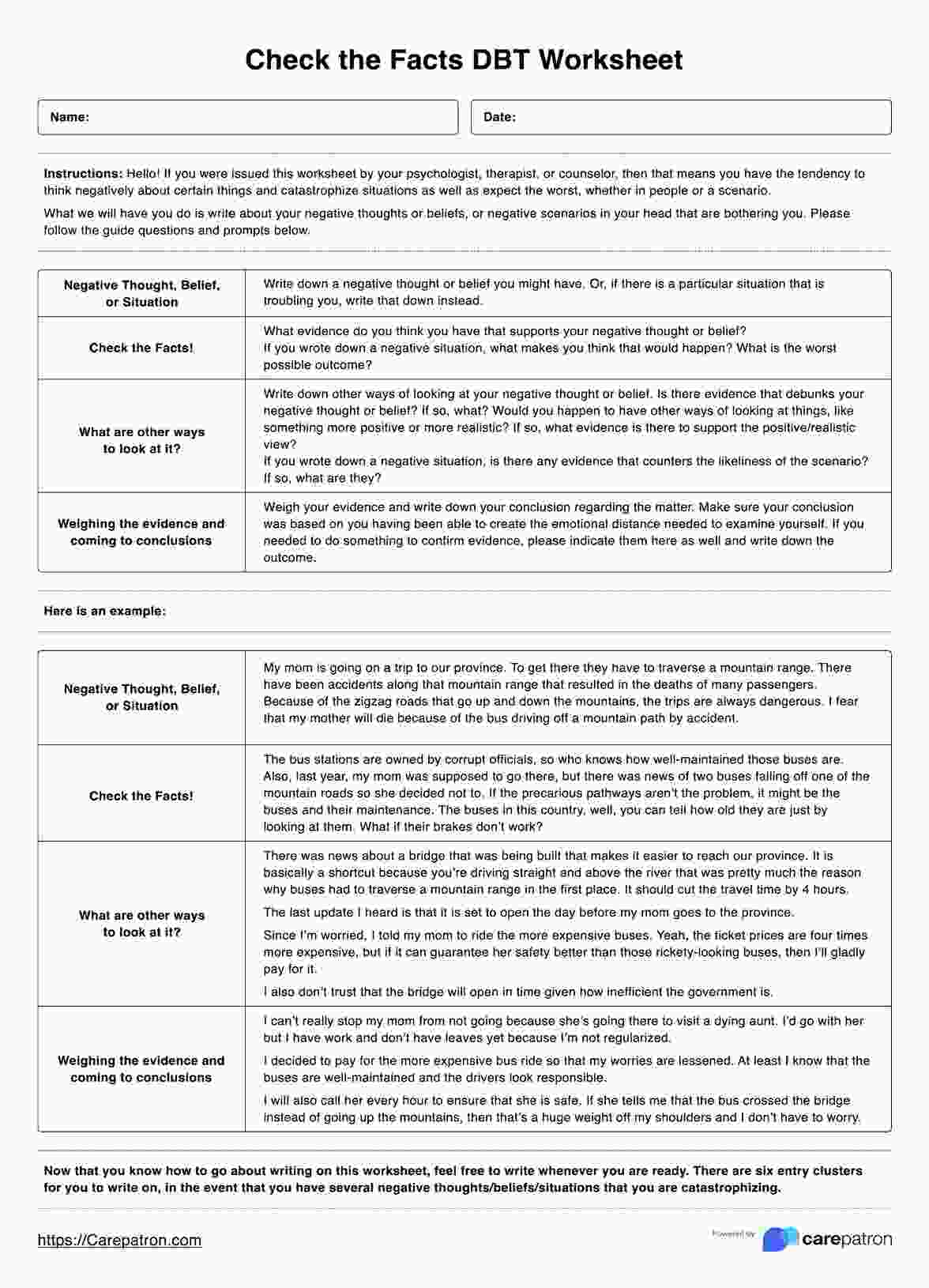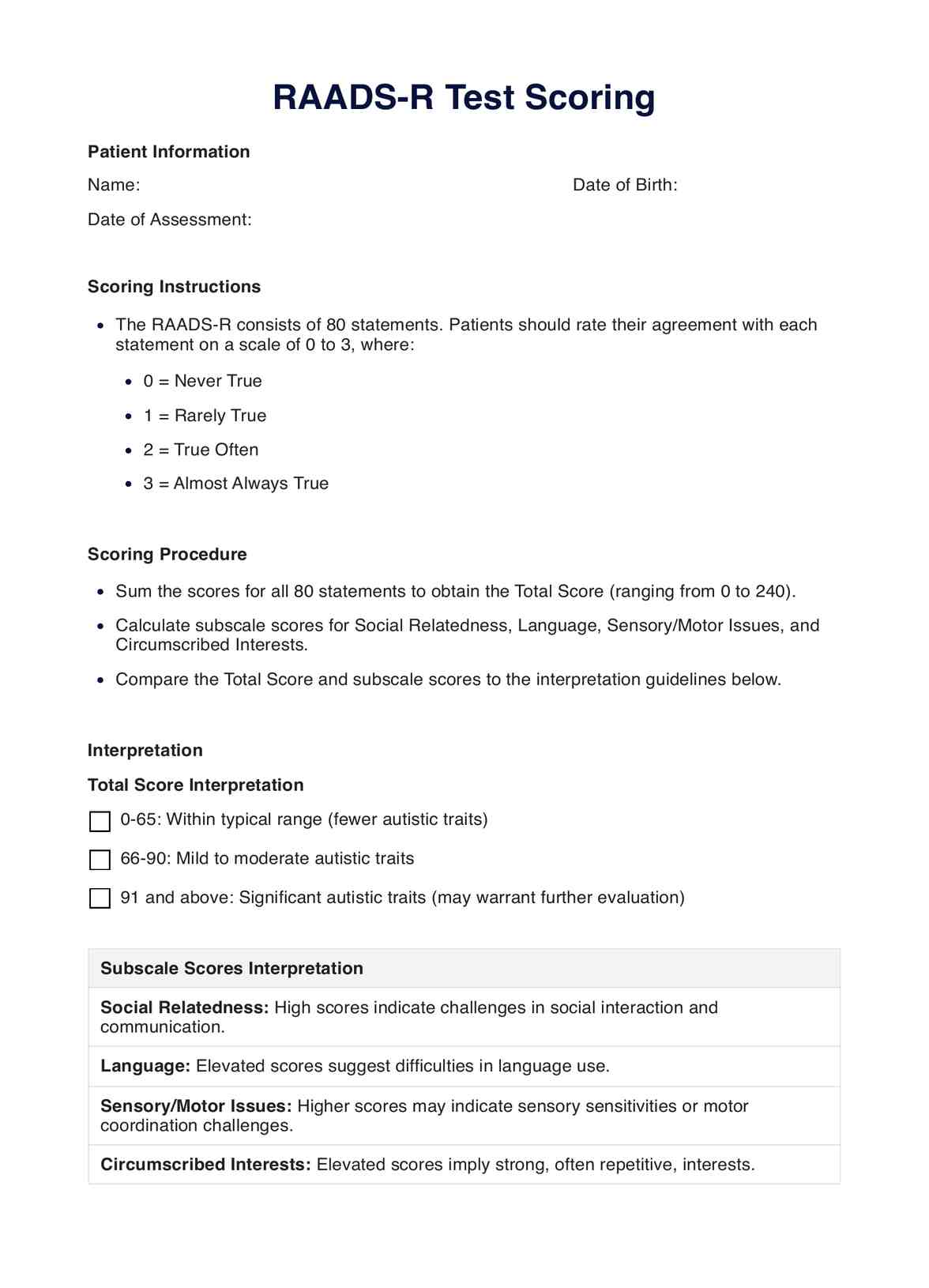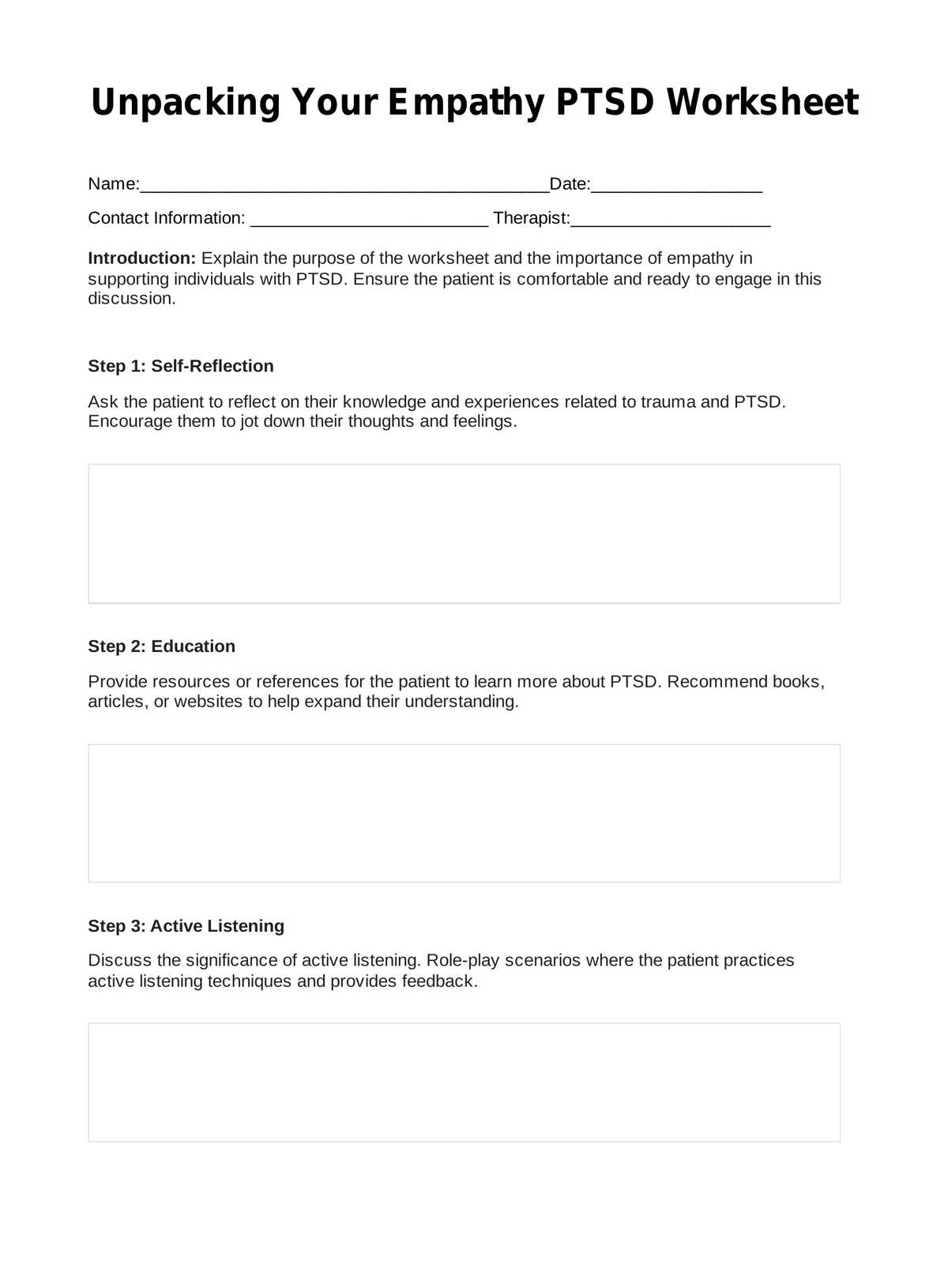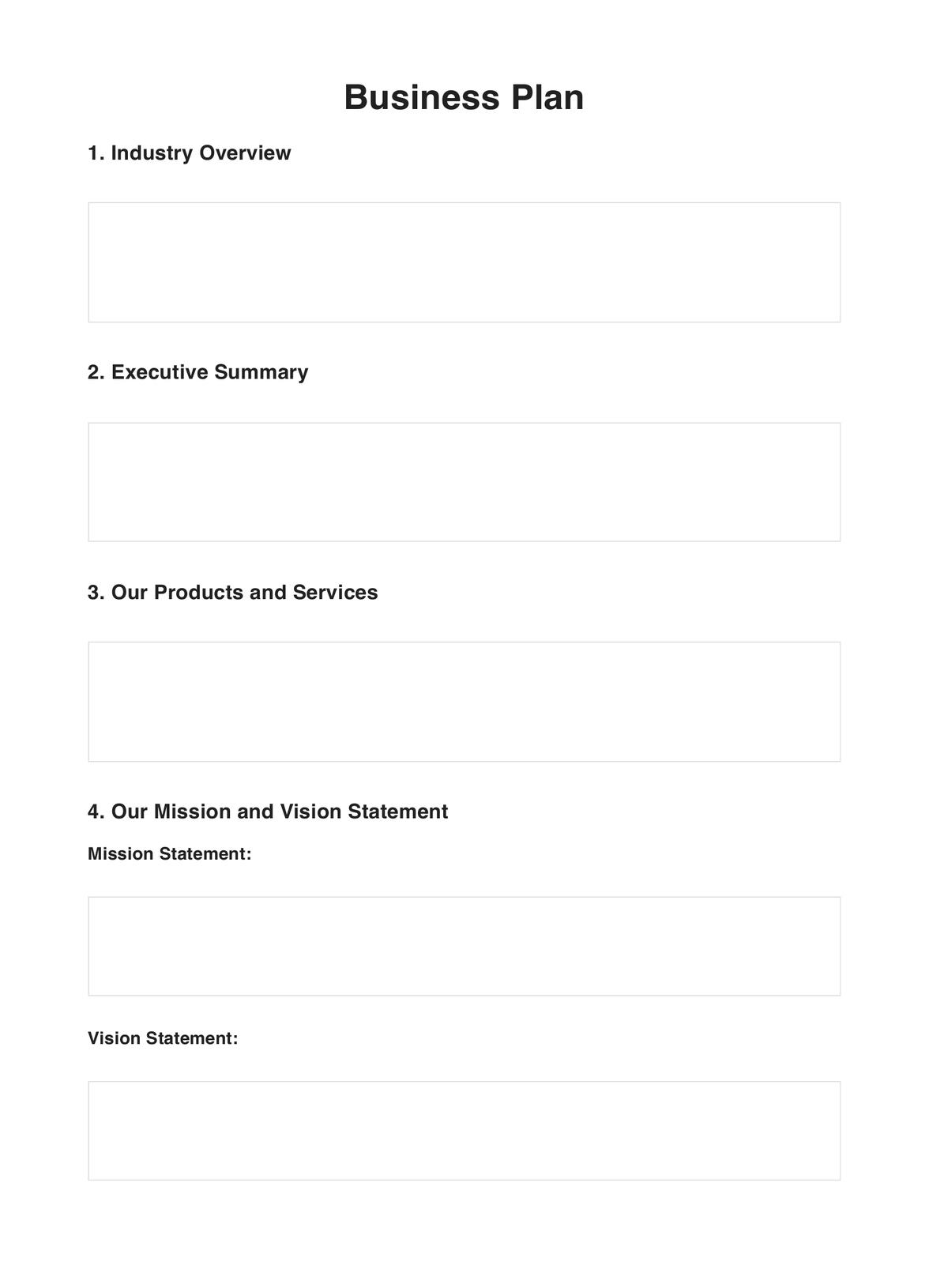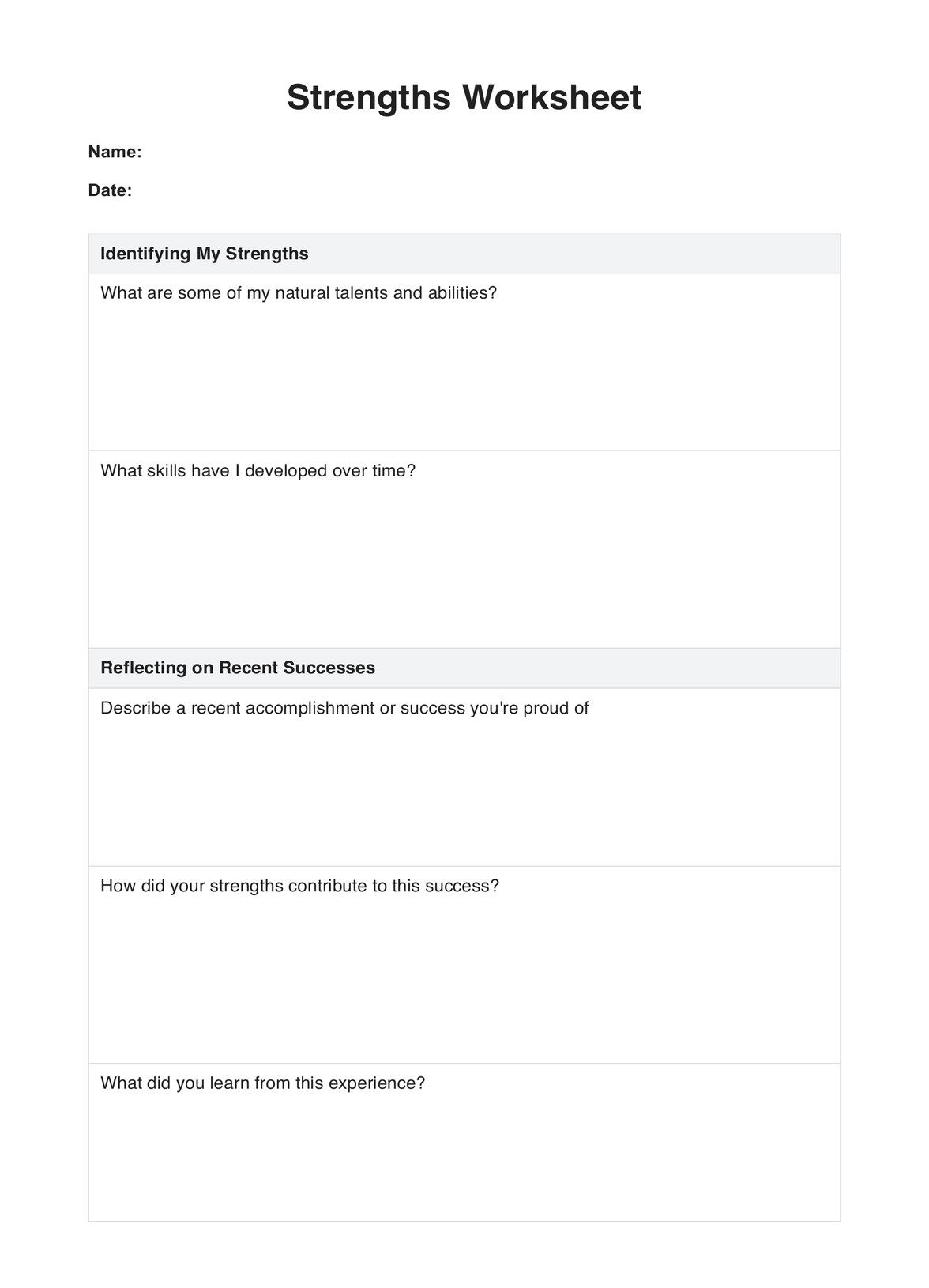Visual Spatial Test
Boost your spatial reasoning and visual processing skills with our user-friendly Visual Spatial Test, designed to enhance cognitive performance.


What is a Visual-Spatial Intelligence Test?
A Visual-Spatial Intelligence Test is designed to assess an individual's visual and perceptual abilities, spatial reasoning, and overall spatial intelligence. These tests, which may include visual spatial intelligence test and reasoning tests, aim to evaluate cognitive skills related to spatial thinking, mental rotation, and abstract reasoning. By presenting tasks that require the manipulation of spatial information and the identification of patterns, these assessments provide valuable insights into an individual's spatial abilities.
Spatial intelligence is a multifaceted trait that encompasses the ability to mentally manipulate spatial information and understand the spatial relationships between objects. This type of visual spatial intelligence test is well-suited for individuals pursuing careers in STEM (science, technology, engineering, and mathematics) fields. The practical significance of Visual-Spatial Intelligence Tests extends beyond academic settings, offering a unique perspective on how these spatial intelligence skills are applied in everyday life.
In the realm of educational psychology, these tests play a crucial role in better understanding individuals' cognitive abilities, especially their spatial aptitude. Often integrated into IQ assessments, Visual-Spatial Intelligence Tests contribute to the development of skills relevant to mathematics, science, technology, and engineering. As such, they serve as a valuable tool for individuals seeking to identify, measure, and enhance their spatial intelligence, providing a fun and engaging way to explore cognitive abilities related to spatial thinking and problem-solving.
Visual Spatial Test Template
Visual Spatial Test Example
The Psychology of Learning and Motivation
The psychology behind learning and motivation is a fascinating area of study that seeks to understand and determine how individuals acquire knowledge, skills, and the drive to achieve goals. Learning, in psychological terms, involves the process by which experiences lead to relatively permanent changes in behavior or potential behavior. Motivation, on the other hand, refers to the internal and external factors that drive individuals to engage in and practice certain behaviors and persist in their efforts to achieve goals.
Learning and motivation are interconnected aspects of human behavior. Motivation influences the initiation and direction of learning activities, while learning experiences, in turn, can impact an individual's motivation. Several psychological theories contribute to our understanding of these processes.
One prominent theory is behaviorism, which emphasizes observable behaviors and the role of reinforcement and punishment in shaping and maintaining behavior. Cognitive theories, on the other hand, focus on mental processes such as memory, problem-solving ability, and decision-making in understanding learning. Social cognitive theories, like Albert Bandura's social learning theory, highlight the role of observational learning and modeling.
Motivation is often categorized into intrinsic and extrinsic motivation. Intrinsic motivation stems from internal factors such as personal interest, curiosity, or a sense of satisfaction, while extrinsic motivation involves external rewards or consequences. The Self-Determination Theory posits that autonomy, competence, and relatedness are fundamental psychological needs that influence motivation.
Understanding the psychology of learning and motivation has practical applications in various fields, including education, workplace training, and personal development. Educators, trainers, and psychologists use this knowledge to design effective learning experiences, enhance motivation, and promote positive behavioral outcomes. Ultimately, unraveling the complexities of the human mind in relation to learning and motivation contributes to creating more effective and meaningful educational and motivational interventions (Hegarty, 2010)
What to expect from a spatial reasoning test
A spatial reasoning test assesses an individual's ability to understand and manipulate visual information in three dimensions. Here's what you can generally expect from such a spatial reasoning test:
Object visualization: Spatial reasoning tests often involve assessing your ability to visualize and mentally manipulate objects in space. You might be presented with two-dimensional representations of three-dimensional objects and asked to identify the correct 3D shape.
Pattern recognition: These tests may include pattern recognition tasks where you have to identify the next shape in a sequence or complete a pattern based on spatial relationships.
Spatial orientation: Expect questions that evaluate your spatial orientation skills, such as determining how objects relate to each other from different perspectives or identifying the correct rotation of an object.
Spatial visualization: You may be asked to mentally rotate or fold objects and identify the resulting shape or configuration.
Spatial relations: Questions might involve understanding the spatial relationships between multiple objects, determining which one is closer or farther, or identifying the arrangement of objects in space.
Map reading: Some spatial reasoning tests involve interpreting maps, floor plans, or diagrams, assessing your ability to understand spatial information.
Hidden figures: You might encounter tasks where you need to identify a hidden shape or object within a complex pattern.
Mechanical reasoning: In certain spatial reasoning tests, especially those for technical or engineering positions, you may be presented with problems related to mechanical concepts and asked to visualize the interactions.
What does this Visual Spatial Test include?
Object visualization: Candidates may be presented with two-dimensional representations of three-dimensional objects and asked to identify the correct 3D shape or how the object would look from a different perspective.
Pattern recognition: The test may include tasks where individuals have to identify the next shape in a sequence or complete a pattern based on spatial relationships.
Spatial orientation: Questions may assess spatial orientation skills, such as determining how objects relate to each other from different perspectives or identifying the correct rotation of an object.
Spatial visualization: Tasks might involve mentally rotating or folding objects and identifying the resulting shape or configuration of images.
Spatial relations: Candidates could be asked to understand the spatial relationships between multiple objects, determining which one is closer or farther, or identifying the arrangement of objects in space.
Map reading: Some tests include components that assess the ability to interpret maps, floor plans, or diagrams, evaluating how well individuals understand spatial information.
Hidden figures: Tasks may require individuals to identify a hidden shape or object within a complex pattern.
Mechanical reasoning: In certain tests, especially those for technical or engineering positions, to determine whether there may be problems related to mechanical concepts, evaluating candidates' ability to visualize and understand mechanical interactions.
Mathematical concepts: Some spatial reasoning tests may include mathematical components, such as geometric problems or calculations related to spatial relationships.
Interpreting the results
Accuracy: Assess and measures the accuracy of the individual's responses. A full score or higher number of correct answers generally indicates stronger spatial reasoning skills.
Speed: Some tests may incorporate a time element. Faster responses may suggest efficiency in processing spatial information, while slower responses may indicate a need for more time or difficulty with the task.
Patterns and Sequences: Analyze patterns in the individual's responses, especially in tasks involving sequences or patterns. Consistency or inconsistency in recognizing spatial relationships can provide insights into their cognitive approach.
Errors: Review the various types of errors made by the individual. Common errors may highlight specific challenges or misconceptions related to spatial reasoning.
Complexity of tasks: Consider the difficulty and skill level of the tasks completed correctly. Successfully solving more complex spatial problems demonstrates a higher level of proficiency.
Comparative analysis: If available, compare the individual's test results to a normative group or established benchmarks. This comparative analysis helps in understanding how their test performance aligns with others.
Strengths and weaknesses: Identify specific areas of strength and weakness within the spatial reasoning domain. This information can guide further development or training in targeted areas.
Application to real-world tasks: Relate the test results to the practical application of spatial skills in relevant contexts of daily lives. For instance, in occupational settings, consider how well the individual's spatial reasoning aligns with job requirements.
Feedback and improvement: If applicable, provide feedback on the individual's performance and suggest areas for improvement. This feedback can be valuable for personal development or training purposes.
Research & evidence
The significance of visual-spatial tests is underscored by recent studies investigating memory decline associated with aging and cognitive impairments in individuals with vestibular loss (VL). The Visual-Spatial Memory and Recall Test (V-SMART) demonstrated strong internal consistency, interrater reliability, and validity as a visuospatial learning measure (Lacroix et al., 2021).
The differentiation between learning and recall structures in the V-SMART addresses a gap in existing visuospatial memory tests, contributing to a nuanced understanding of memory difficulties. Additionally, a novel tablet-based computerized test battery (VSAD) was developed to assess visuospatial working memory, mental rotation, selective attention, and space orientation abilities in children with VL (Vik et al., 2017).
The VSAD exhibited good concurrent validity and reliability, providing a valuable tool for evaluating cognitive development in this population. These studies collectively highlight the importance of refined visuospatial tests in enhancing our understanding of cognitive processes across different age groups and conditions, emphasizing the need for continued research in this domain.
References
Hegarty, M. (2010, January 1). Chapter 7 - Components of Spatial Intelligence. ScienceDirect; Academic Press. https://www.sciencedirect.com/science/article/abs/pii/S0079742110520073
Lacroix, E., Cornet, S., Deggouj, N., & Edwards, M. G. (2021). The Visuo-Spatial Abilities Diagnosis (VSAD) test: Evaluating the potential cognitive difficulties of children with vestibular impairment through a new tablet-based computerized test battery. Behavior Research Methods, 53(5), 1910–1922. https://doi.org/10.3758/s13428-020-01432-1
Vik, P., Legarreta, M., & Riffel, S. (2017). Visual-Spatial Memory and Recall Test (V-SMART): validity and reliability. The Clinical Neuropsychologist, 32(8), 1454–1474. https://doi.org/10.1080/13854046.2017.1380845
Commonly asked questions
These are assessments that gauge your cognitive ability: to perceive, analyze, and manipulate spatial relationships between objects or within your environment. Think mental maps, 3D puzzles, and visualizing rotations.
They play a crucial role in daily life, impacting activities like driving, reading maps, designing, playing sports, and even understanding scientific concepts. Strong visual-spatial skills can also enhance problem-solving and develop critical thinking.
Not exactly. Visual-spatial skills have many facets, and different tests assess specific aspects of spatial ability. Your performance on one test might not predict your ability in all spatial tasks. Remember, everyone has unique strengths, abilities and weaknesses in this domain.


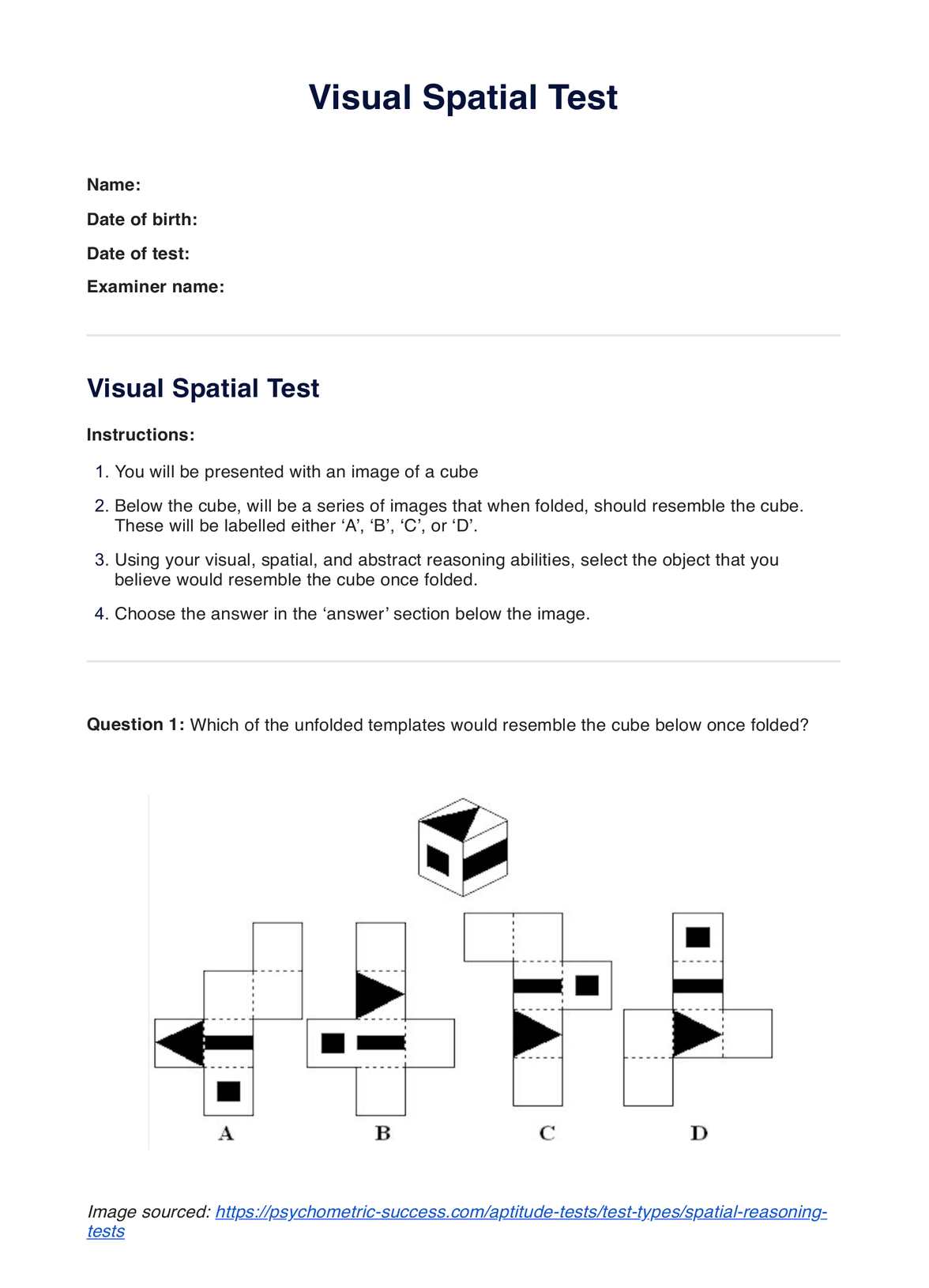
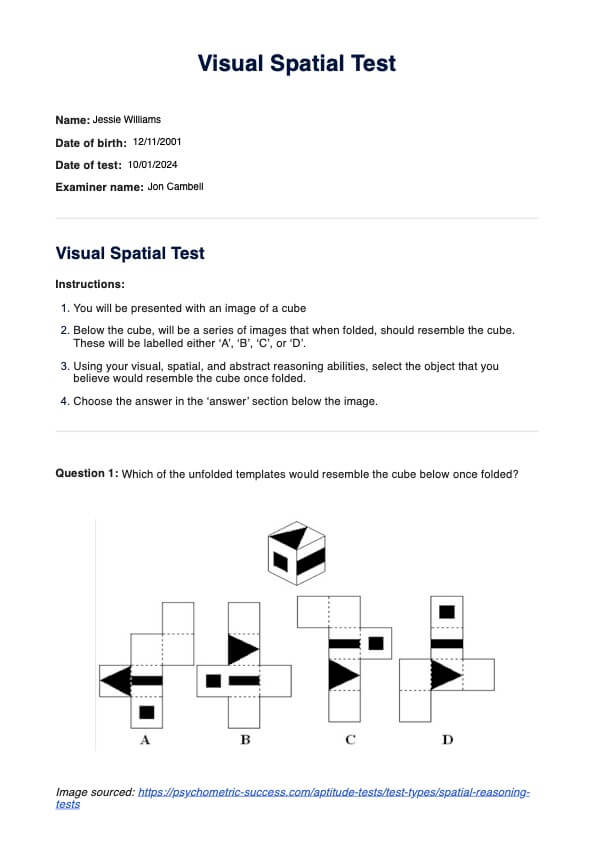

















-template.jpg)






